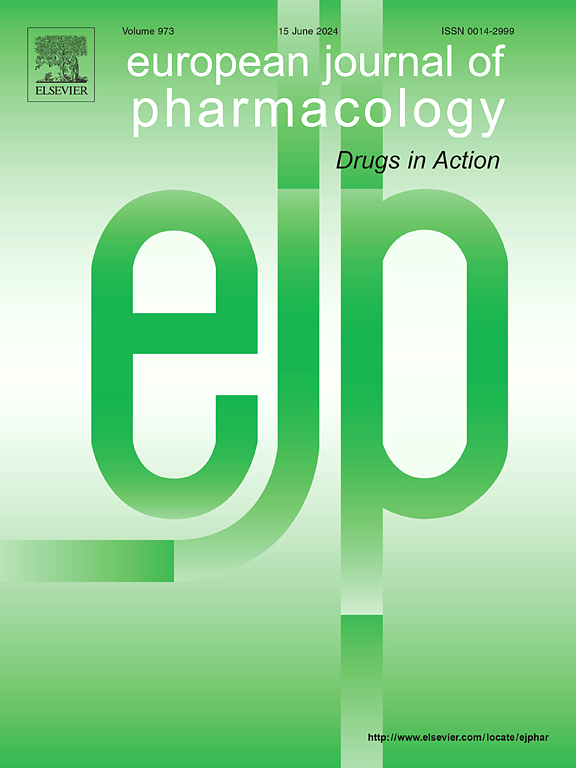A New target of ischemic ventricular arrhythmias—ITFG2
IF 4.2
3区 医学
Q1 PHARMACOLOGY & PHARMACY
引用次数: 0
Abstract
ITFG2 is an intracellular protein known to modulate the immune response of T-cells. Our previous investigation revealed that ITFG2 specifically targets ATP5b to regulate ATP energy metabolism and maintain mitochondrial function, thereby protecting the heart from ischemic injury. However, the role of ITFG2 in ischemic ventricular arrhythmias and its underlying mechanisms have not been previously reported. In this study, we found ITFG2 overexpression, induced by an adeno-associated virus serotype 9 vector, partially reduced the incidence of ischemic ventricular arrhythmias and shortened the duration of ventricular arrhythmias in mice after myocardial infarction. Conversely, shRNA-mediated knockdown of endogenous ITFG2 aggravated ischemic ventricular arrhythmias. ITFG2 overexpression also shortened the prolonged QRS complex and increased the epicardial conduction velocity in MI mice. Additionally, the hearts from ITFG2 overexpression mice exhibited a higher maximal upstroke velocity at phase 0 of transmembrane action potential compared to MI mice. Patch-clamp analyses demonstrated a 50% increase in the peak current of voltage-dependent Na+ channel by ITFG2 overexpression in isolated ventricular cardiomyocytes post MI. In cultured neonatal mouse cardiomyocytes under hypoxic conditions, ITFG2 up-regulated Nav1.5 protein expression by inhibiting its ubiquitination. Co-immunoprecipitation experiments showed that ITFG2 reduces the binding affinity between NEDD4-2 and Nav1.5, thereby inhibiting Nav1.5 ubiquitination. Taken together, our data highlight the critical role of ITFG2 in reducing susceptibility to ischemic ventricular arrhythmias by down-regulating Nav1.5 ubiquitination. These findings suggest that ITFG2 may serve as a novel target for treating ischemic ventricular arrhythmias.

求助全文
约1分钟内获得全文
求助全文
来源期刊
CiteScore
9.00
自引率
0.00%
发文量
572
审稿时长
34 days
期刊介绍:
The European Journal of Pharmacology publishes research papers covering all aspects of experimental pharmacology with focus on the mechanism of action of structurally identified compounds affecting biological systems.
The scope includes:
Behavioural pharmacology
Neuropharmacology and analgesia
Cardiovascular pharmacology
Pulmonary, gastrointestinal and urogenital pharmacology
Endocrine pharmacology
Immunopharmacology and inflammation
Molecular and cellular pharmacology
Regenerative pharmacology
Biologicals and biotherapeutics
Translational pharmacology
Nutriceutical pharmacology.

 求助内容:
求助内容: 应助结果提醒方式:
应助结果提醒方式:


